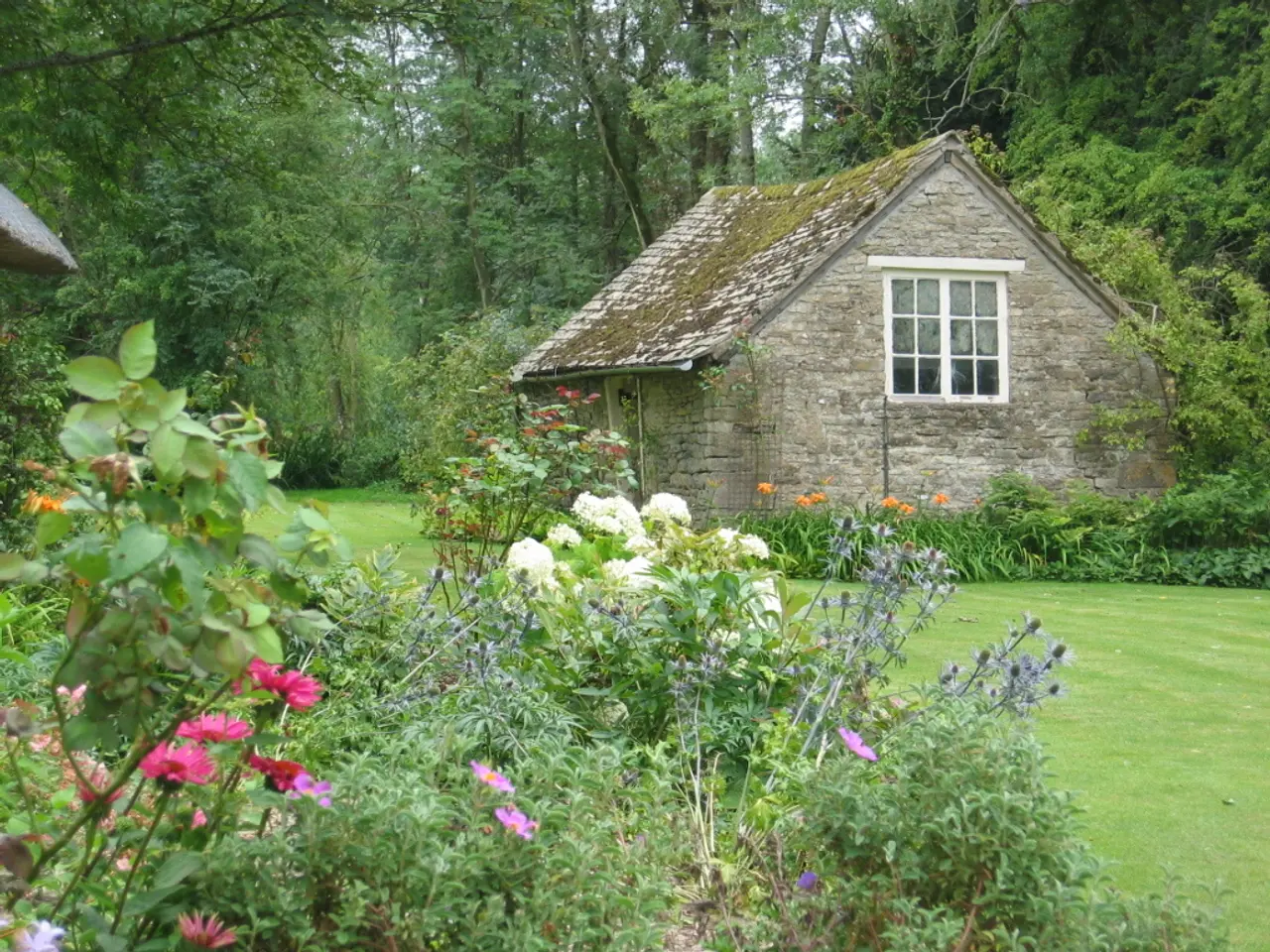Advantages of English Walled Gardens
Exploring England's Historic Walled Gardens
England's walled gardens have a rich history, dating back to medieval and early modern estates. These enclosed spaces were designed to protect plants that required warmth and shelter, while also serving aesthetic purposes.
Origins and Evolution
The concept of the "hortus conclusus" (enclosed garden) was central to monastic life, and this tradition can be traced in many English walled gardens. By the 18th and 19th centuries, these gardens became sophisticated parts of large estates, supplying produce and serving as places of leisure and horticultural experimentation.
One of the oldest surviving examples is Blenheim Palace's Walled Garden, completed in 1707. Another notable example is Gordon Castle, built over 200 years ago, which was created to supply fresh produce to the Duke of Gordon’s household and impress guests, illustrating the dual role of productivity and prestige.
Famous Examples
Two famous examples highlight the diversity and historic significance of English walled gardens:
- Oxford Botanic Garden, established in 1621, is one of the oldest botanical gardens in Britain. It originally served as a medicinal herb garden for teaching purposes.
- The Little Cloister Garden at Westminster Abbey is a smaller, focused example of a walled garden, historically tied to monastic life. Cloister gardens were enclosed spaces meant for contemplation and growing medicinal and culinary plants.
Modern Revival
After World War I, many walled gardens fell into disuse but are now being revived as vineyards or tourist attractions. For instance, Highclere Castle converted a historic kitchen garden into a vineyard. The Chicago Botanic Garden's English Walled Garden features six themed "rooms" with sensory plantings.
Characteristics
English walled gardens are characterised by protective walls, diverse plantings, and carefully arranged layouts. High walls provide wind protection, heat retention, and frost mitigation. Frost doors or gates allow cold air to drain away, preventing frost damage to tender plants.
Many walled gardens include heated structures like peach houses or vineries to grow citrus, pineapples, and other tropical plants. Beds are arranged geometrically with paths lined by hedges or flowers for visual appeal. Companion planting of herbs and flowers was used to deter pests alongside vegetables.
Elaborate glasshouses and exotic plants, like pineapples, displayed wealth in walled gardens. Some walled gardens combine productivity with leisure, integrating vegetable plots with ornamental features like pergolas or rose-covered arches. Heated walls with internal fires or pipes provided extra warmth in some walled gardens, such as Croxteth Hall. Espaliered Fruit Trees are trained against south-facing walls to maximise sun exposure.
In summary, English walled gardens have a long and rich history, evolving from practical origins into refined spaces blending productivity and ornamental design. Their notable features include protective walls, diverse plantings, and carefully arranged layouts. Famous examples like Oxford Botanic Garden and Westminster Abbey’s Little Cloister Garden illustrate their historical and cultural importance as settings for education, contemplation, and horticultural innovation.
- home-and-garden: In modern times, some walled gardens have been revived as tourist attractions, such as the Chicago Botanic Garden's English Walled Garden, featuring six themed rooms with sensory plantings.
- lifestyle: As these enclosed spaces became sophisticated parts of large estates by the 18th and 19th centuries, they served not only as suppliers of produce but also as places of leisure and horticultural experimentation, reflecting a lifestyle of wealth and refinement.




